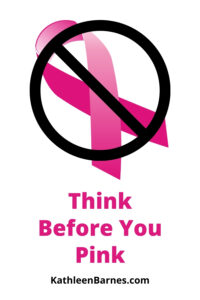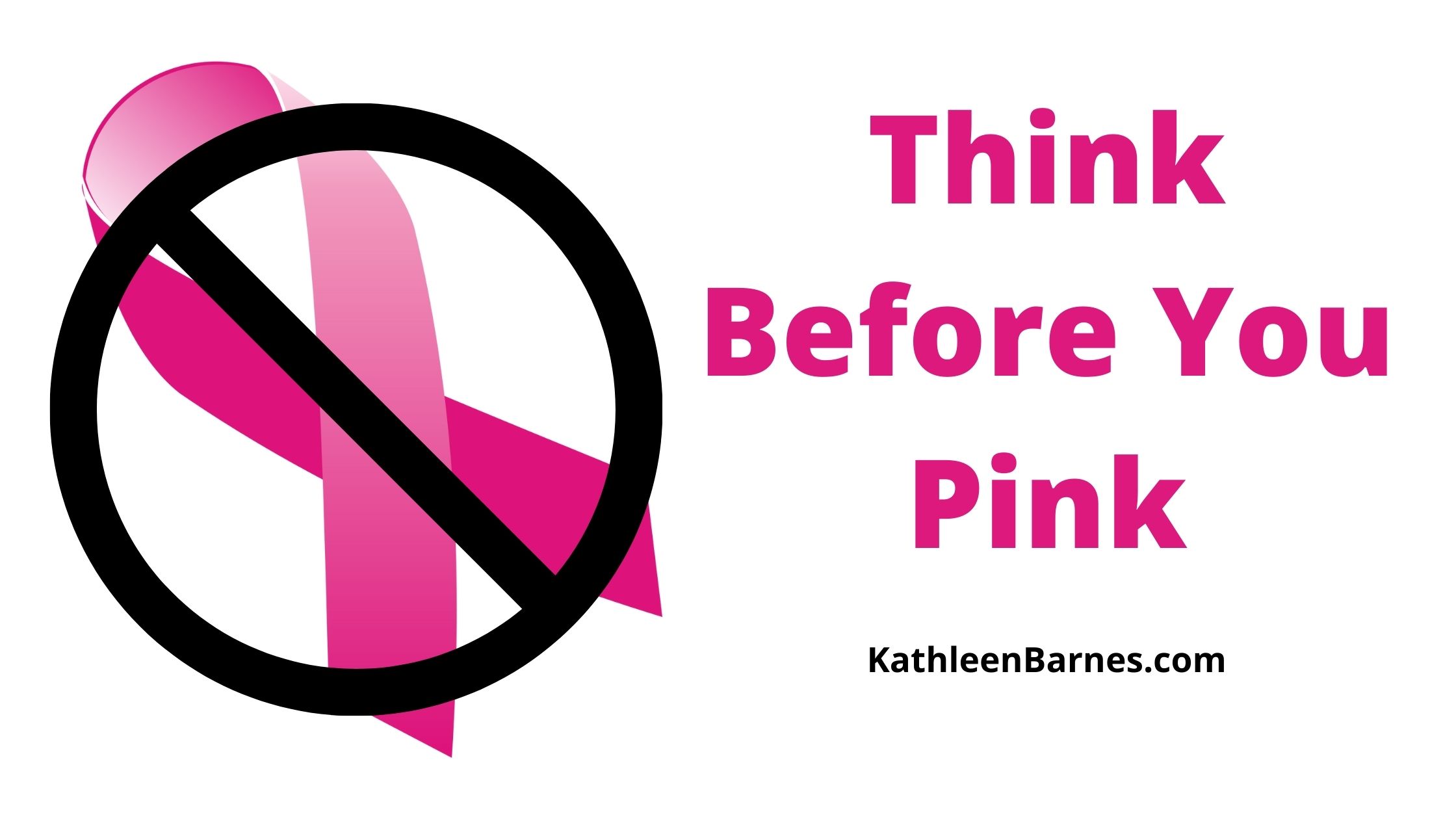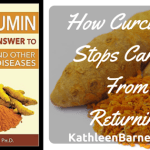What’s wrong with pink ribbons to increase breast cancer awareness?
It may seem benign (pun intended), but the ubiquitous pink ribbons and themes during October may falsely lure consumers into buying products that have nothing to do with breast cancer, products that are toxic and may even contribute to breast cancer and products that will contribute nothing or negligible amounts to breast cancer research.
It also feeds the myth that annual mammograms) LINK TO MY THERMOGRAM PIECE) lead to early detection of breast cancer, when, in fact, they do not. Mammograms needlessly expose women to large amounts of radiation, which causes cancer, the compression of the breast may actually rupture cancerous growth and the cumulative effects of the radiation over several years increases the chance of a “false positive,” or an erroneous diagnosis of breast cancer.
Yes, breast cancer is a serious problem. It will kill about 40,000 American women this year and about 400,000 women worldwide. I am in favor of breast self-exams and even exams by a doctor. I am very much in favor of thermograms, which can give you a heads-up far earlier than a mammogram. I’m even in favor of ultrasounds or MRIs for women at high risk of breast cancer.
What I’m not in favor of is the feeding frenzy by marketers who have dollar signs in their eyes. The pink ribbon campaign is a marketing campaign, pure and simple, and it’s an insidious one.
There are pink ribbons on my dog food in October. My local newspaper prints an entire issue on pink paper during October. Everybody’s sporting pink ribbons on their products. It’s the politically correct thing to do, regardless of how absurd it might be.
There’s something about that pink ribbon that implies the product is a good thing.
For example, KFC’s “Buckets for a Cure” campaign in 2010 (I know it was a while ago, but please bear with me), which promised a 50-cent donation to the Susan G. Komen Foundation for every bucket of chicken sold over a month-long period. The campaign was enormously successful: KFC donated $4.2 million—the single largest donation in the history of the foundation that created the pink ribbon campaign. That means they sold 8.4 million buckets in just one month. Great! You might say. Except for the fact that fried chicken leads to obesity and obesity is a primary risk for breast cancer.
It’s equally ridiculous to see pink ribbons on bottled water, sold in plastic bottles that contain cancer-causing bisphenol-A (BPA) or on cosmetics that contain parabens, cetearyl sulfate and a host of other known carcinogens.
Pink ribbons are especially popular on perfumes or personal care products that contain cancer-causing fragrances (unlabeled).
Most absurd was Smith and Wesson’s 2008 pink-handled handgun, promising an unspecified “portion” of each sale to breast cancer research. The company publicity sanctimoniously notes that breast cancer is “the second leading cause of cancer death in women.” Smith and Wesson conveniently “forgot” to note that guns are the second leading cause of violent death in women.
There’s no doubt that the pink ribbon is one of the most recognizable symbols in the world. But is it a symbol for the cure or the marketing campaign?
You decide.







